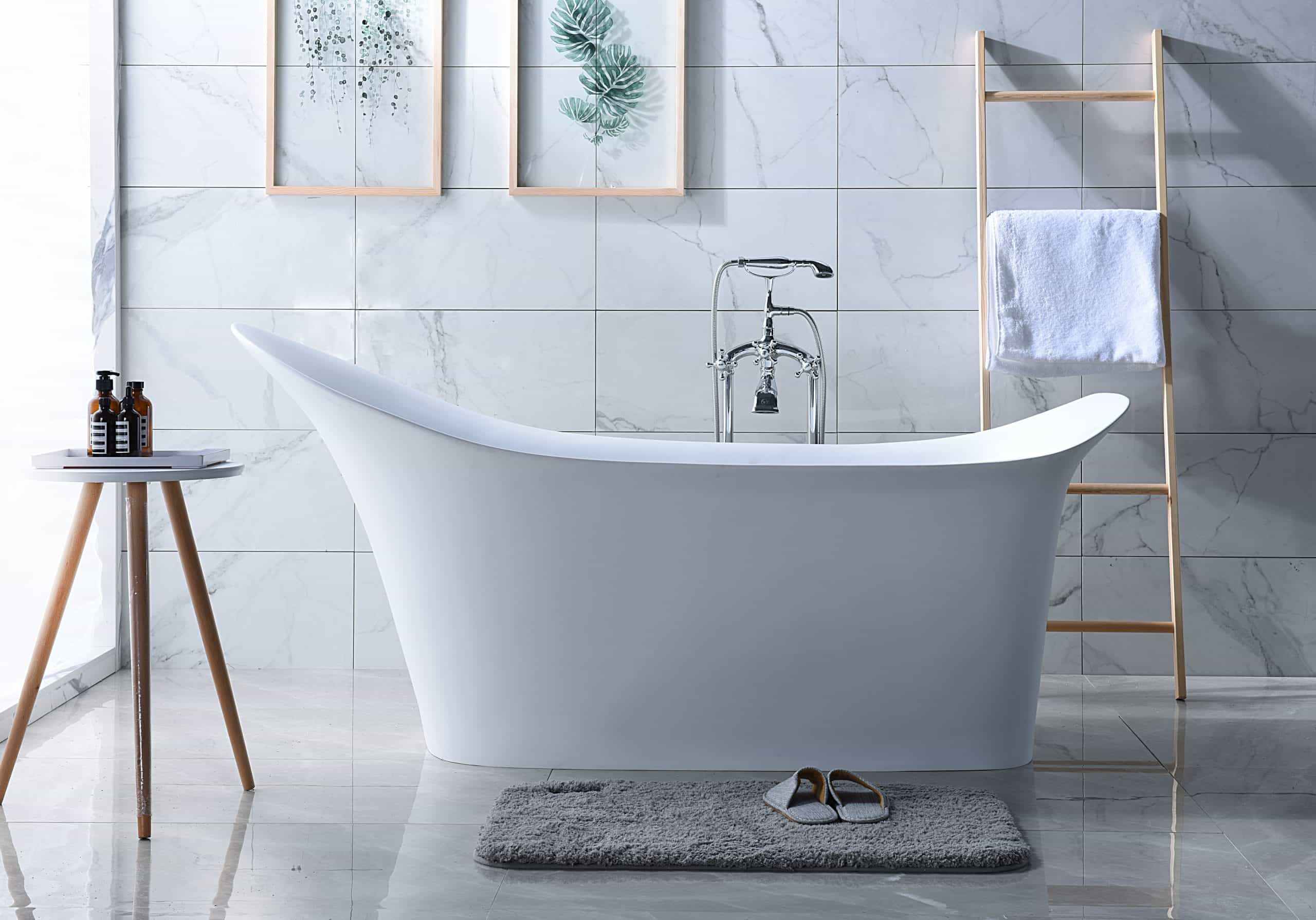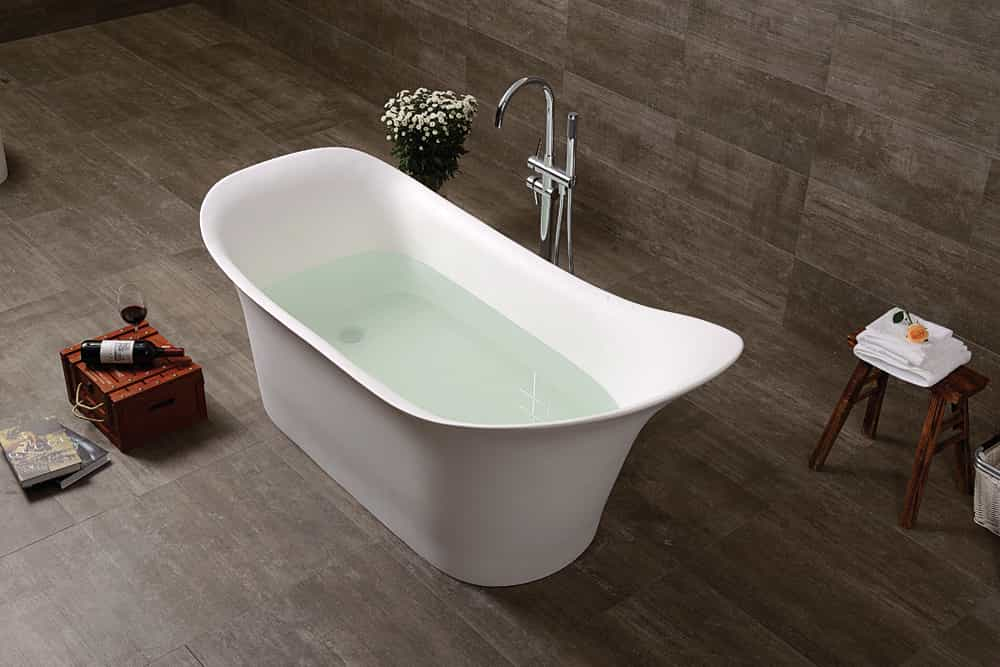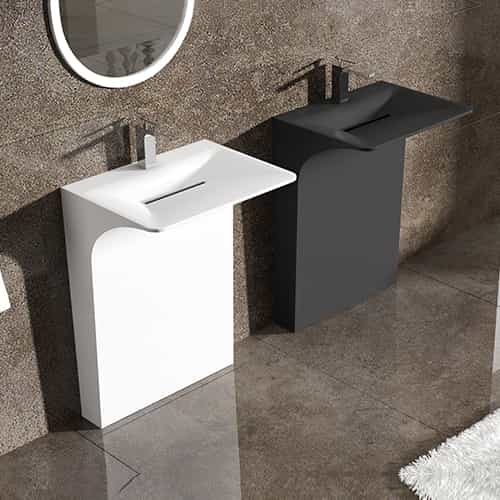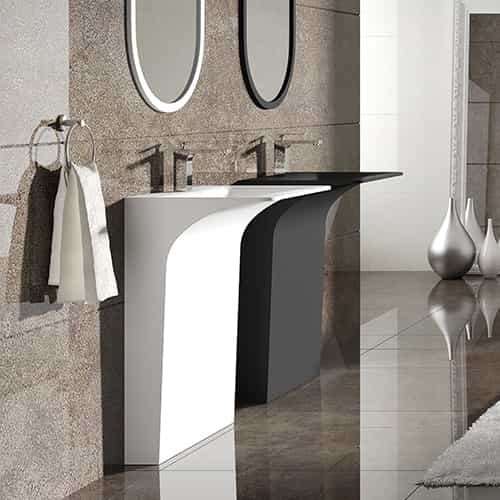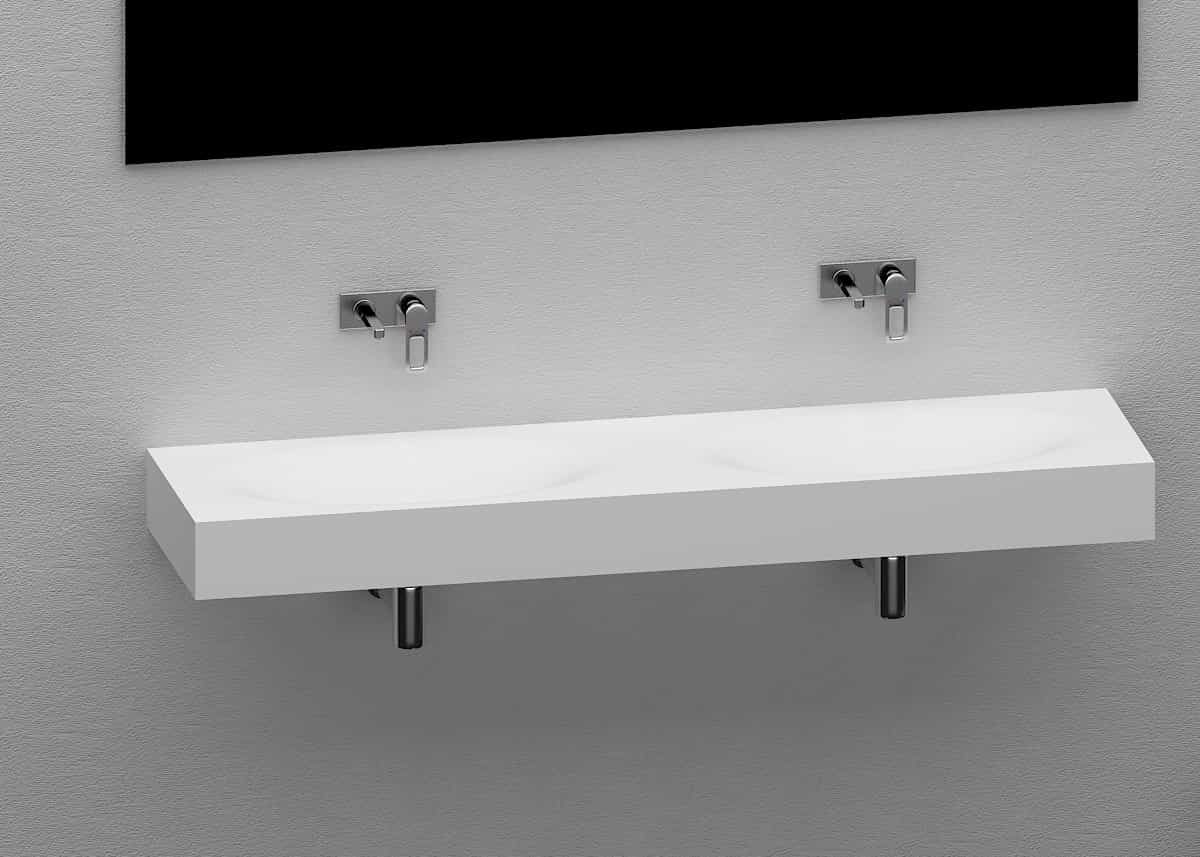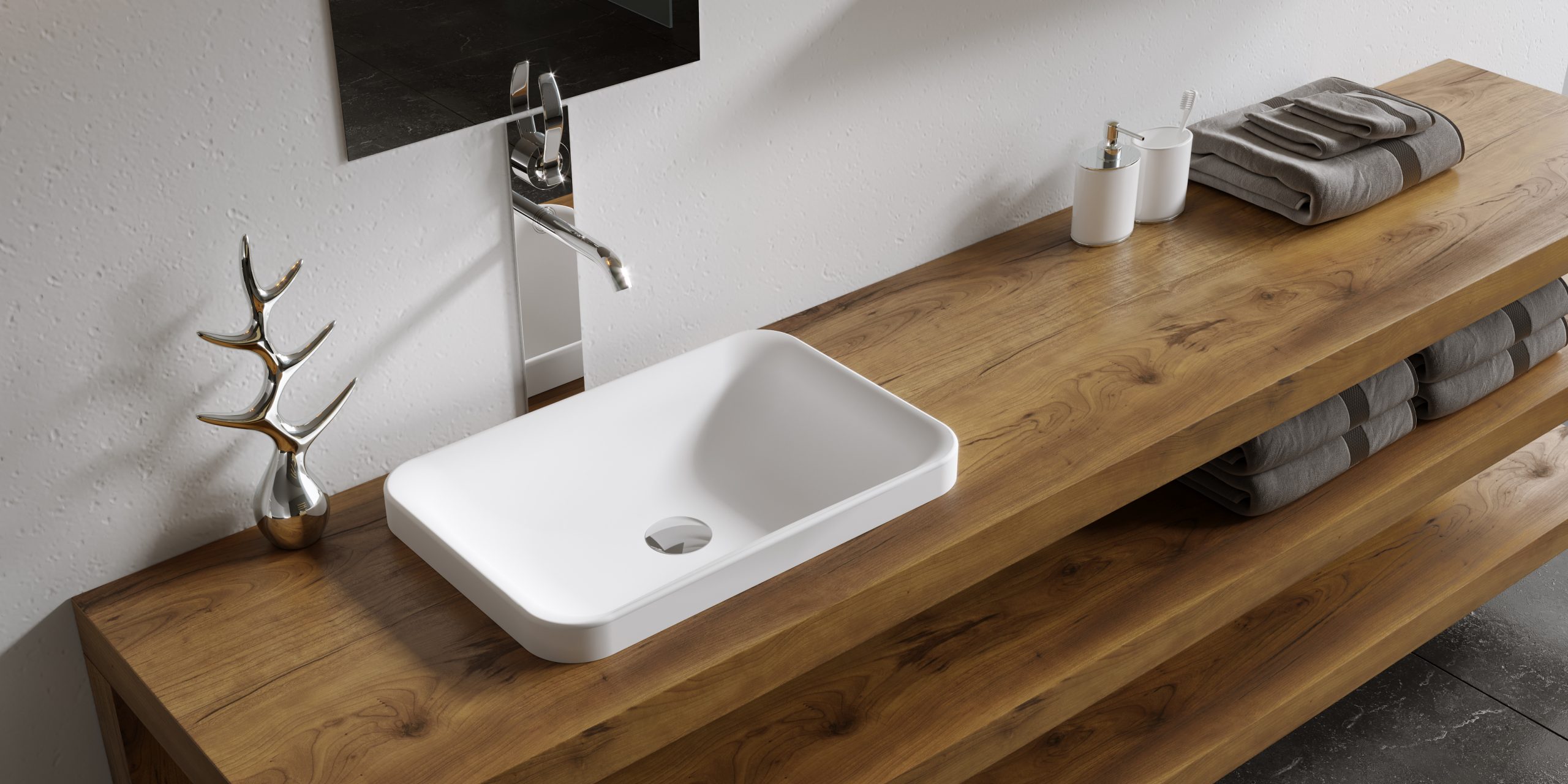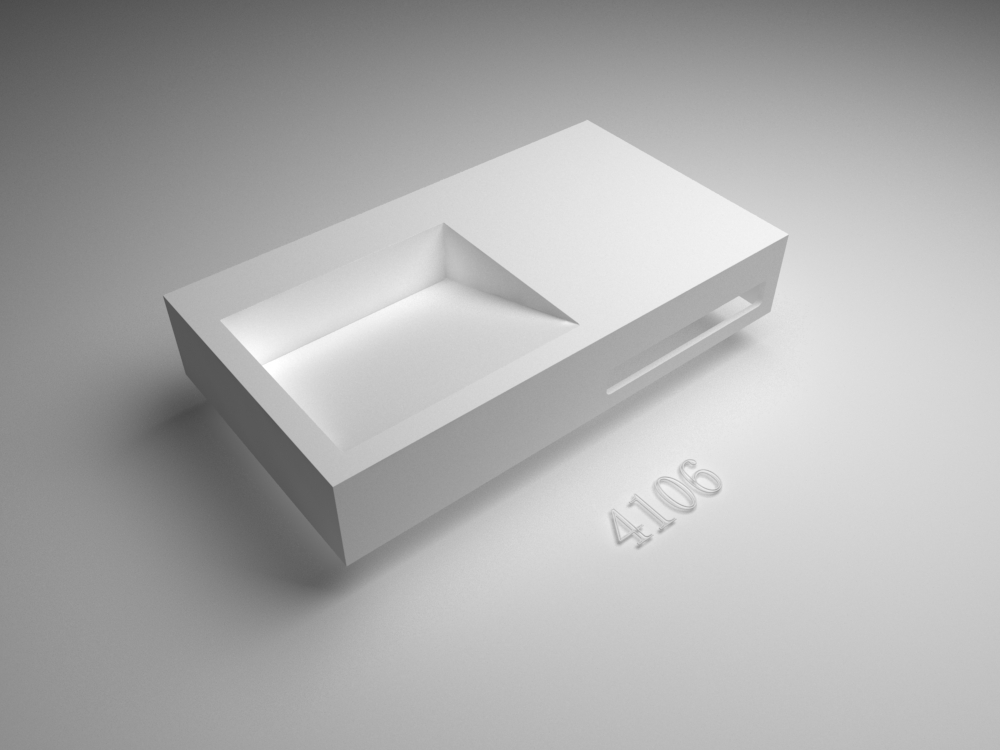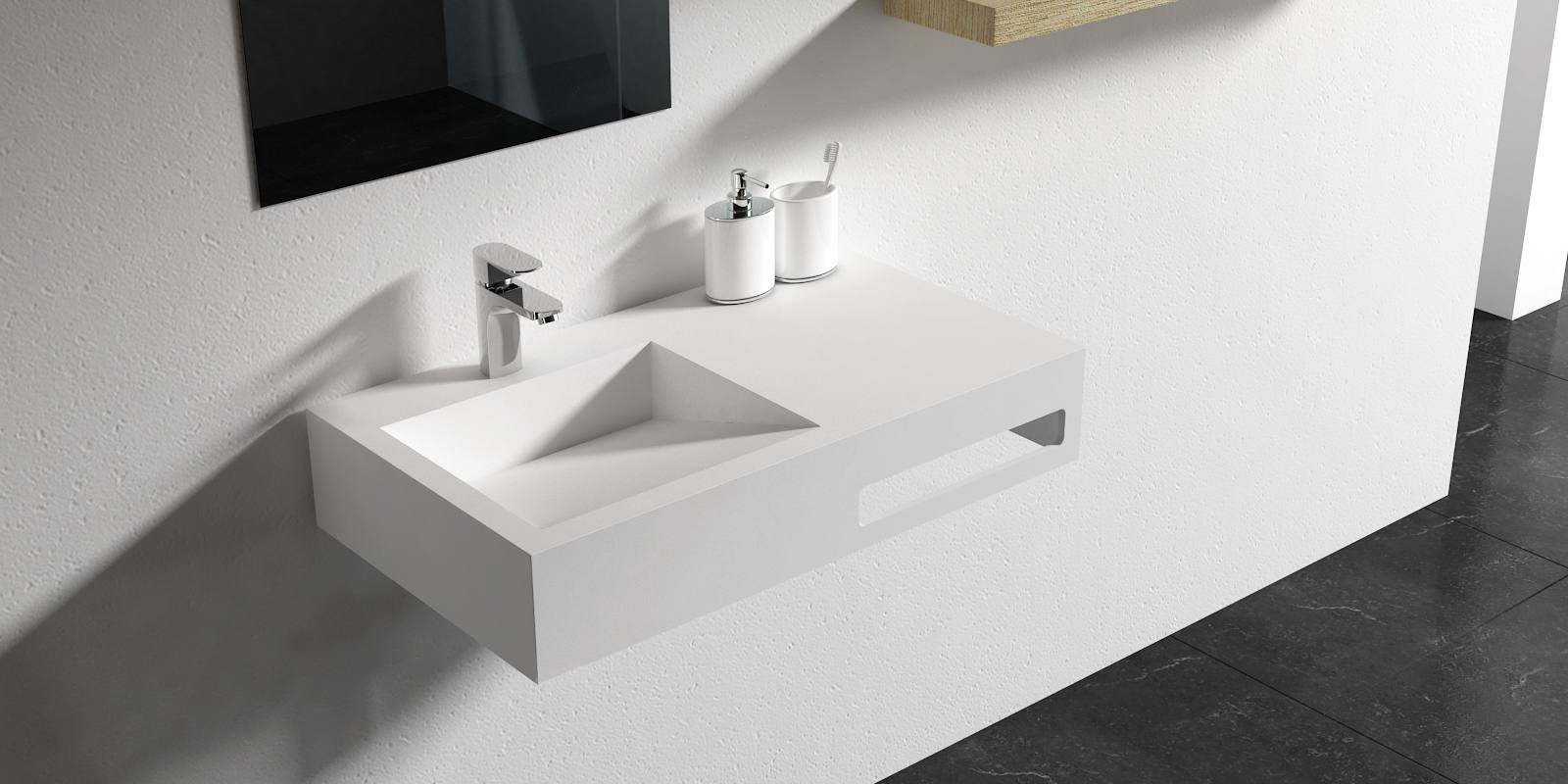
Painting the walls by yourself is believed to be something that many modern people will do. Because people think that by taking on some household labor together, the affection between family members can be enhanced. And painting the walls is almost the only choice for people. But there is still a lot of knowledge about how to adjust the paint to your favorite color. After all, except for white, everyone usually paints the original color of the paint directly on the wall. So next, the editor will introduce to you the formula of paint toning.
Basic knowledge of paint coloring:
Colors are divided into non-color and color. Non-color refers to black, white, and gray with different shades between the two. The reflectance of non-color on the white and black series represents the lightness of the object. When the reflectance is higher, it is close to white, and when it is low, it is close to black. The colorful series refers to all kinds of colors except the white and black series. The different wavelengths of the spectrum are visually expressed as colors of various colors, such as red, orange, yellow, green, blue, purple and so on.
Subtractive Color Mixing Formula
Yellow=white-blue purple=white-green cyan=white-red;
Yellow+purple=white-blue-green=red yellow+cyan=white-blue-red=green purple+cyan=white-green-red=blue yellow+purple+cyan=white-blue-green-red = black;
Additive Mixing Formula
Red and yellow make orange, red and blue make purple, yellow and blue make green. Red, yellow, and blue are the three primary colors, and orange, purple, and green are the three secondary colors. The combination of secondary colors and secondary colors will become various grays. But gray should have a color tendency, such as: blue gray, purple gray, yellow gray, etc.
1. Red plus yellow to orange – less yellow and more red to deep orange – less red and more yellow to light yellow;
2. Red plus blue to purple – less blue and more red to purple and more red to rose red;
3. Yellow plus blue to green – less yellow and more blue to dark blue – less blue and more yellow to light green;
4. Red plus yellow plus less blue to brown – red plus yellow plus blue to grayish black (various shades of colors can be adjusted according to the weight);
5. Red plus blue to purple and white to light purple;
6. Yellow plus little red turns dark yellow and white turns earthy yellow-yellow plus little red turns dark yellow-yellow plus blue turns green and white turns milk green;
7. Red, yellow, less blue, white, light brown – red, yellow, blue, gray, black, more white, light gray;
8. Yellow plus blue to green plus blue to blue-green;
9. Add red and blue to purple, add red and white to pink and purple (rose);
10. Add less red and white to pink.
Summary: In the above article, the editor introduced some methods of paint coloring and the common sense of paint coloring. Generally speaking, when we color the paint, we use the subtractive color method or the additive color method. For beginners in paint coloring, the editor still recommends that you use the subtractive color method. Because the additive color method is very easy to appear one, the color is added and added, and it is a bit carried away, and then it becomes an extreme color. Of course, if you want to match your favorite color, you still need to be patient.







